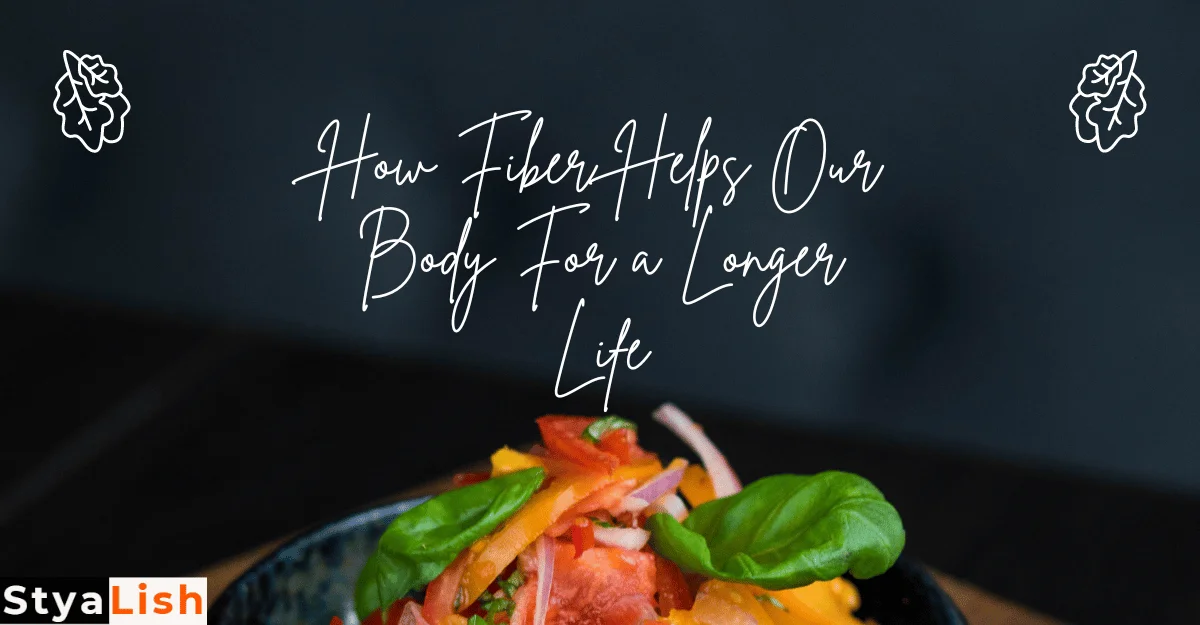Psyllium, one type of fiber, has been linked to various positive health effects. This article will provide information on high-fiber foods, fiber supplements, different forms of fiber, and the ideal daily fiber intake. We will try to find the answer to how fiber helps our body.
The trash in your digestive system needs to be moved and removed, but your gut requires assistance. Fiber-rich foods are found in many common foods, including fruits, vegetables, legumes, and whole grains. It does more than maintain regular bowel movements.
There is some variance in the recommended daily fiber intake from 28 grams between different age groups and sexes. However, the average American consumes only approximately 16 grams per day. We will see the benefits of fiber in this post.
Know Everything About fiber Today
Fiber foods, or plant roughage, are the indigestible portion of plant foods such as vegetables, fruits, beans, grains, nuts, and seeds. Why go to the trouble of preparing food that would come out anyway? Excess hormones, cholesterol, pollutants, and trash can all be flushed out of the digestive tract with fiber.
You must be wondering how fiber helps our body. Consuming fiber-rich foods helps maintain a healthy weight, speeds up your metabolism, reduces your risk of diabetes and cardiovascular disease, and promotes glowing skin and a healthy immune system.
Stop here! We have also covered a 30-day eating challenge for you to improvise your daily habits. Click here!
How do soluble and insoluble fibers differ?
Vegetable and fruit skins and whole grains like wheat, rye, and rice are all good sources of insoluble fiber, which aids digestion and promotes regular bowel movements. It is essential for regular bowel movements, which should occur at least twice daily for optimal health.
A type of fiber called soluble fiber is easily absorbed by water, expands, and is fermented by gut bacteria. Therefore, it is essential to know how fiber helps our body.
5 High fiber Foods You Should Eat
You might already be consuming a diet rich in fiber. Or, you might discover that there are tasty substitutes for the foods you eat that are also high in fiber.
1) Broccoli florets

The daily fiber recommendation can be met by eating around 9 cups of broccoli florets. Broccoli has a lot of sulforaphane and is a good source of fiber (3.2 grams per cup). Broccoli is low in calories and a great way to increase fiber intake.
2) Sprouts of Brussels

These little cabbages are versatile and can be cooked in various ways, including boiling, broiling, pan frying, and eating raw in a brussels sprout slaw. However, it would take roughly 7 cups of brussels sprouts to meet the daily fiber recommendation, given that they contain 4 grams per cup.
3) Asparagus

When did you last see 83 stalks of asparagus served at once? Unless it’s a meal served in a communal setting, probably not. You would need to eat that many raw asparagus spears to get the 28 grams of fiber per day that experts recommend. Raw asparagus spears, thinly sliced, can be used as a tasty substitute for steamed asparagus in salads and sandwiches, thanks to their sweet and crunchy taste.
4) Green Peas
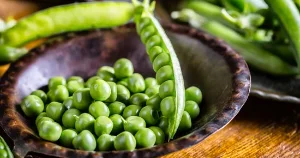
You can increase your daily fiber intake by serving more of this food, as each cup contains 9 grams. Green peas contain nearly a third of the fiber you need daily. In addition, green peas are tasty and nutritious since they are rich in iron, manganese, and vitamins A and C.
5) Turnip Greens
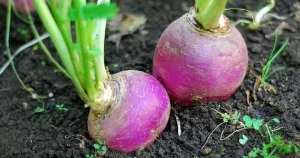
Turnip greens have a subtle flavor and are a great way to get your daily dose of beta carotene and vitamin K. They can be juiced or mixed into green smoothies like spinach and other leafy greens are used. Approximately 5.5 cups of turnip greens will get you to your daily recommended fiber intake.
Tips for building a thriving fiber
Here are some simple strategies for consuming more fiber meals while minimizing the risk of gastrointestinal discomfort:
Fiber intake should be balanced between soluble and insoluble forms
If you still have trouble passing gas, try switching to insoluble fiber instead of soluble fiber-rich foods, including beans, lentils, split peas, berries, chia seeds, oats, and flax (veggies, fruit, wheat, wheat bran, and brown rice). Gassiness is typically attributable to soluble fiber, while insoluble fiber speeds up transit time, reducing the likelihood of gas formation. This is the best way to avail the benefits of fiber.
Discard all fried and high-fat foods

Eating a lot of fat at once might cause gas and bloating because it inhibits the digestive process. If you suspect fat is the problem, try cutting back on all fats, even the beneficial ones like nuts, avocados, seeds, and healthy oils. This way, you can get the maximum benefits of fiber.
Prepare your meals with some fresh ginger

Ginger can help with gas pains and indigestion. Mix ginger into your next green drink or bean meal. Drink a cup of hot ginger tea before each meal, and sprinkle a teaspoon of freshly grated ginger over your food. This is a unique way to get fiber.
Exercise

Walking, running, and cycling all build the abdominal muscles, strengthening the digestive powers. This helps the stomach relax. Increasing your heart rate also quickens your digestive processes. Cutting down on digestion time frequently helps with gas discomfort. Soothing indigestion can also be achieved through yoga through poses like the sitting spinal twist, which promotes blood flow to the digestive tract.
Hydrate yourself

Be cautious about drinking more water as you increase your fiber intake to prevent constipation, which commonly occurs alongside increased gas and bloating. When you’re dehydrated, your body takes the water it needs from your stool or you can follow our Best hydrate Drinks. Each day, women require at least 2 liters of water, while males require at least 3 liters. Alternatively, you can divide your body weight in half, then drink that many ounces of water daily.
Take the required quantity
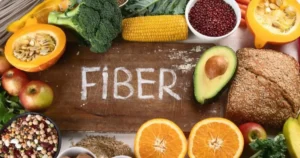
Most people consume less fiber than they should for their health. For illness prevention, you should drink at least 38 grams of fiber daily for males and 25 grams for women. However, many doctors say that increasing fiber intake can improve your health even further. Compared to the recommended daily allowances of 16-18 grams for males and 12-14 grams for women, the average American consumes roughly half as much fiber as they should. This is an essential tip if you want the benefits of fiber.
Gradually increase your intake of fiber
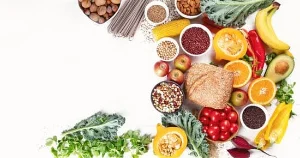
Incorporate an extra 5 grams of fiber (equivalent to 1 large serving of vegetables, 1/3 cup of cooked beans or lentils, or 1 12 cups of fruit) no more frequently than once every three days. If you suddenly increase your fiber intake, you may feel gassy and bloated and make frequent toilet excursions. And then you’ll start making excuses about the fiber and revert to your low-fiber lifestyle.
When your body adjusts to the extra 5 grams of fiber, add another 5 grams. If you start feeling pain or discomfort, it’s best to back off and give it another go in three days. Keep going until you’ve built muscle fiber.
The adjustment period can last up to a month to reap the full benefits of a high-fiber diet. And remember to drink more water as your fiber consumption rises, at least 2 liters for women and 3 liters for men daily. This tip will help you to extract the maximum benefits of fiber.
Final Words
We have seen the answers to how fiber helps our body. Young people require a lower fiber intake. However, a diet that contains insoluble fiber from vegetables, wheat bran, and rice bran, and soluble fiber from beans, seeds, and berries is vital for their general health.


